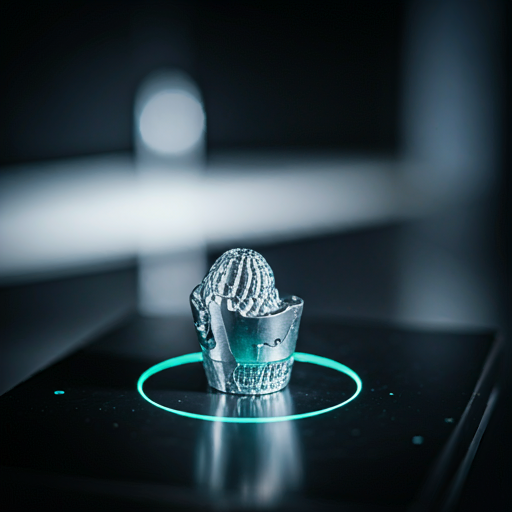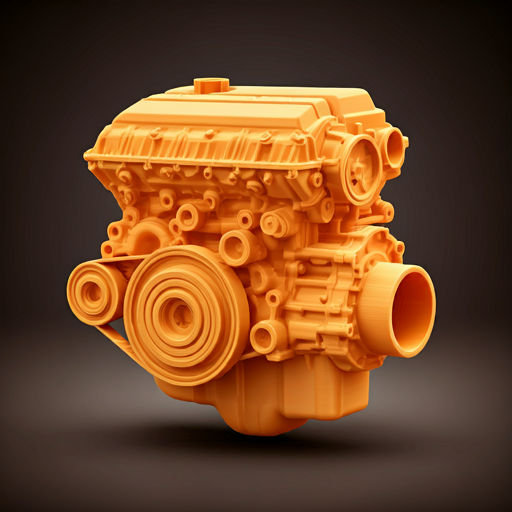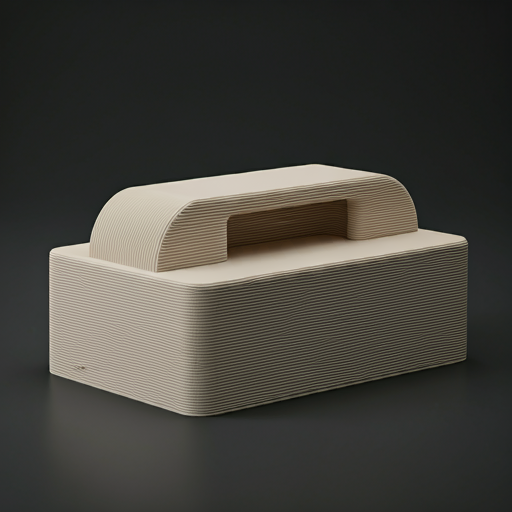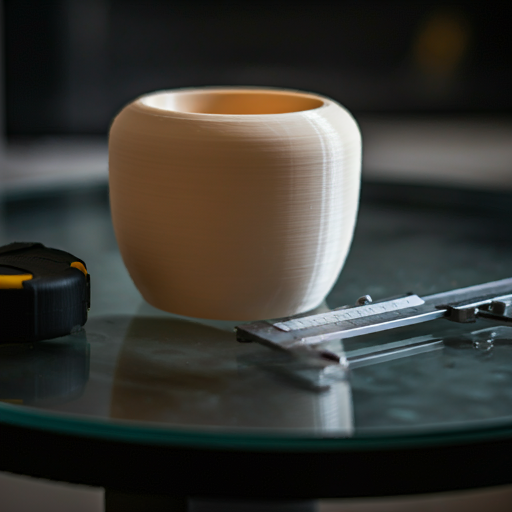
-
How it works
-
Industries
-
Services
-
Material
-
Company
-
Resources













 Industries
Industries
Discover HIPS, a versatile thermoplastic widely used in FDM 3D printing for its ease of use, high impact resistance, and ability to dissolve in limonene. Ideal as a support material or for lightweight, functional prototypes.
HIPS (High Impact Polystyrene) is a durable, lightweight thermoplastic commonly used in FDM 3D printing. Its unique property is its solubility in limonene, making it an excellent support material for dual-extrusion printers. HIPS offers good impact resistance, moderate strength, and ease of post-processing. This material is especially suitable for functional prototypes, lightweight structures, and models requiring support removal without manual effort. However, it requires careful printing conditions due to its susceptibility to warping and poor UV resistance.





 FDM compatible
FDM compatible High Impact Resistance
High Impact Resistance Dissolvable in Limonene
Dissolvable in Limonene Lightweight and Durable
Lightweight and Durable Good Surface Finish
Good Surface Finish Susceptible to Warping
Susceptible to Warping Poor UV Resistance
Poor UV Resistance Limited Heat Resistance
Limited Heat Resistance Requires Controlled Printing
Environment
Requires Controlled Printing
EnvironmentKey HIPS properties rated to guide you in selecting the best fit for your 3D printing needs.
HIPS is ideal for lightweight parts, functional prototypes, and as a dissolvable support material in dual-extrusion 3D printing. Its solubility in limonene allows for easy removal of supports without damaging the main model, making it suitable for intricate designs and overhangs.
 Functional prototypes
Functional prototypes Test parts
Test parts Fit and assembly models
Fit and assembly models Lightweight casings
Lightweight casings Toys and figurines
Toys and figurines Prototype packaging models
Prototype packaging models Disposable packaging items
Disposable packaging items Classroom projects
Classroom projects Research prototypes
Research prototypes Support Structures
Support Structures Lightweight Components
Lightweight Components Prototypes Requiring Smooth Surfaces
Prototypes Requiring Smooth Surfaces
HIPS offers moderate strength and impact resistance, making it suitable for lightweight and functional parts.
| Property | Value, metric |
|---|---|
| Tensile Strength | Approximately 26 MPa |
| Tensile Modulus | Approximately 2,000 MPa |
| Elongation at Break (%) | 50% |
| Flexural Strength | Approximately 40 MPa |
| Flexural Modulus | Approximately 1,800 MPa |
| Notched Izod Impact Strength | Approximately 100 J/m |
| Shore Hardness | Shore D 75 |
HIPS is best printed in a controlled environment due to its tendency to warp. A heated bed is essential, and an enclosed printer is recommended for optimal results.
| Type | Value |
|---|---|
| Lead Time | 2-4 business days |
| Wall Thickness | Minimum 1.2 mm |
| Tolerance | ±0.15%, minimum ±0.1 mm |
| Max Part Size | Up to 450 x 450 x 450 mm |
| Layer Height | 0.1 mm to 0.3 mm |
HIPS has moderate heat resistance but is not suitable for high-temperature applications.
| Property | Value, metric |
|---|---|
| Heat Deflection Temperature (HDT) | Approximately 85°C at 0.455 MPa |
| Thermal Expansion Coefficient | Approximately 80 x 10^-6 /°C |
| Thermal Expansion (Scale 0-100) | 50 |
| Max Service Temperature | Up to 70°C before significant deformation may occur |
HIPS is a non-conductive material, suitable for applications requiring electrical insulation.
| Property | Value, metric |
|---|---|
| ESD Safety | Not ESD safe |
| Conductivity | Non-conductive |